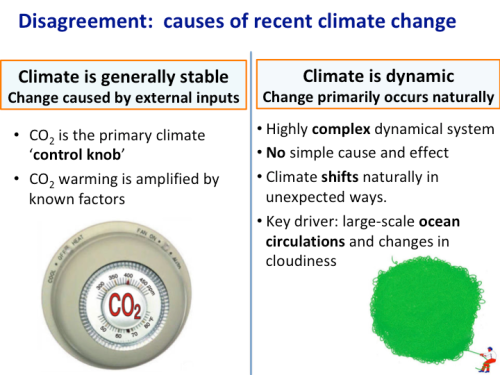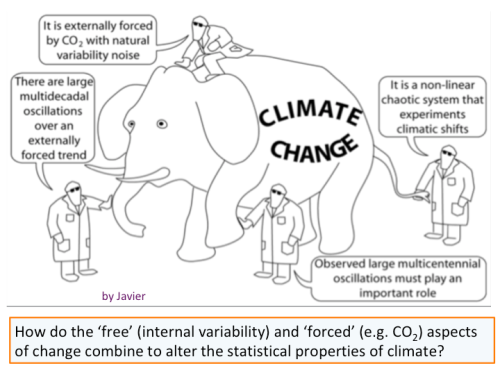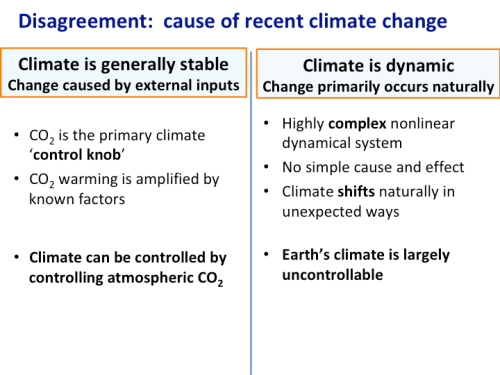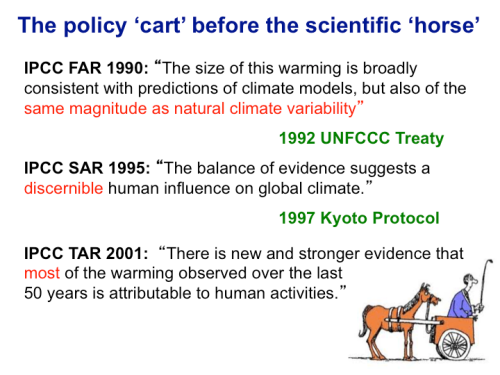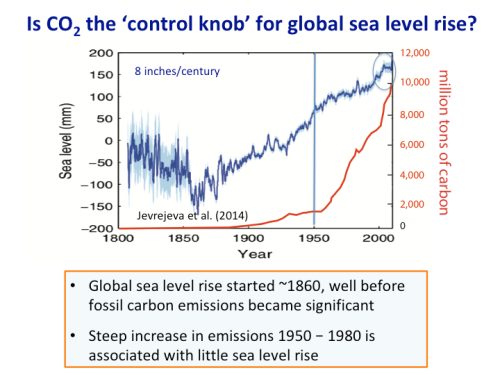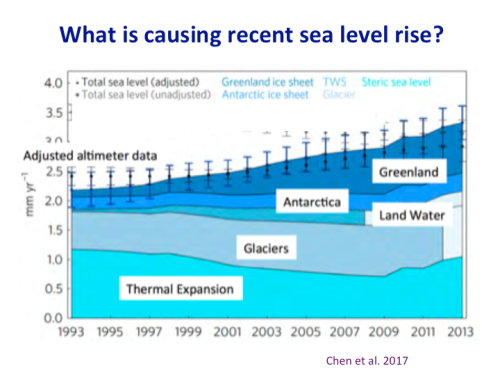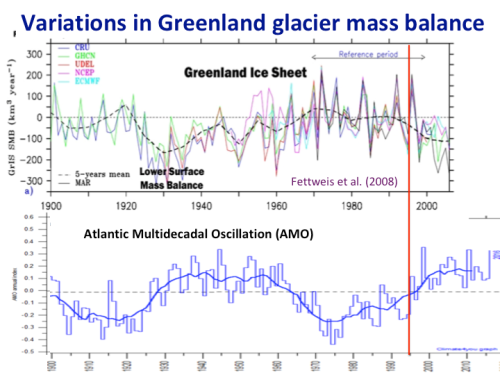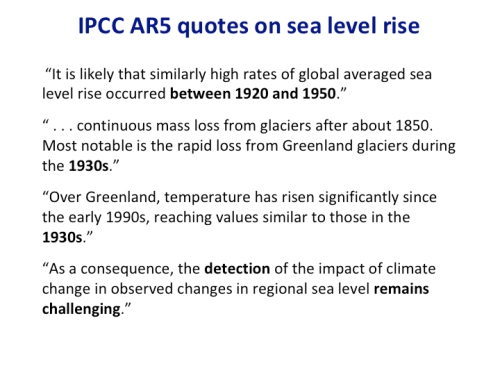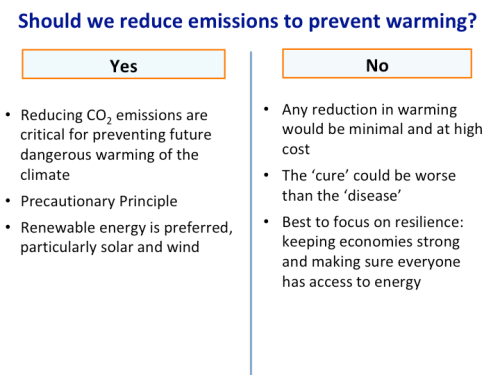(web version of column article published in Pacifica Tribune February 13, 2019 )
What’s Natural?
Changing Sea Levels - Part 1
 |
| Flooded Sinking Land in New Orleans after Hurricane Katrina |
Local sea levels appear to rise when ocean volumes increase, but also when the land sinks. Scientists increasingly warn that coastal cities are sinking much faster than ocean volumes are rising. Pumping out groundwater not only causes lands to sink, it increases the oceans’ volume. China’s Huanghe Delta is sinking 10 inches a year. Southeast Asian cities battle sinking rates of 1.2 to 2.4 inches per year. Regions around Houston, Texas had sunk 10 feet by 1979; a disaster waiting to happen where hurricanes commonly generate 15-foot storm surges. Likewise, New Orleans was doomed by sinking 1.4 inches per year. Built on marshland, San Francisco’s airport sinks 0.4 inches per year.
In contrast, ocean warming plus added glacial meltwater are estimated to have only added 0.06 inches per year to sea level from 1850 to 1990, punctuated by decades that accelerated sea level rise to 0.14 inches a year. Still, that fastest rate of modern sea level rise remains only one-tenth of New Orleans’ sinking rate.
Better water management could minimize the primary causes of sinking coastlines. But even if climate policies could reduce our carbon footprint, natural sea level rise that began in the 1800s will likely continue. To what degree rising CO2concentrations are accelerating sea level rise is still debated. Prominent climate scientist Dr. Michael Mann gives scant attention to the critical issue of sinking lands. He prefers scary models supporting his theory regards a rising CO2effect on sea level, “We’re talking about literally giving up on our coastal cities of the world and moving inland.” Likewise, at California’s local coastal planning meetings, Mann’s followers similarly advocate moving inland, otherwise known as “managed retreat”.
Intriguingly, San Francisco and North America’s west coasts have not experienced a rising sea level trend since the 1980s. Equally curious, using the average estimates from all researchers the 2007 Intergovernmental Panel on Climate Change (IPCC) reported known contributing factors only explained 40% of 20thcentury sea level rise. So, there is still much to learn.
 |
| San Francisco Sea Level (data from NOAA) |
So, does Mann’s disaster scenarios represent an extreme climate doomsday cult? Or is he offering sage scientific advice we should heed?
Some researchers and politicians argue any accelerating rate of sea level rise must be the fingerprint of a human contribution as some models predict. But that is simply not true. In a 2007 peer-reviewed paper, On the Decadal Rates of Sea Level Change During the Twentieth Century, researchers reported rates of sea level rise accelerated up to 0.2 inches/year every 10 years, followed by a decade of deceleration. Sometimes sea levels fell. Some of Mann’s followers believe it’s impossible for sea levels to fall in an age of climate warming. But they are ill-informed.
 |
| 20th Century changing rates of global sea level rise |
Sea level remains un-changed when the same amount of water evaporating from the ocean returns to the ocean. However, when more rainfall remains on the land, sea levels fall. During the last Ice Age, rainfall stored in ever-growing glaciers caused global sea level to fall by 400 feet. Although those melting glaciers then raised sea level back to its current level, sea levels have yet to fully recover. Large amounts of meltwater that sank into the ground are still flowing slowly but surely back to the oceans.
Furthermore, water need not be stored as ice. When rains fall over land-locked landscapes with no outlets to the ocean, that precipitation similarly returns to the ocean via slow-moving sub-surface flows or evaporation. Rainfall over Nevada that sinks into the ground requires thousands of years to reach the Pacific. A similar fate befalls snowmelt and rainwater entering Lake Tahoe, and melt-water from Sierran glaciers draining into land-locked Nevada. Analyses of global sea level change have yet to fully incorporate the fact that over 13% of the earth’s land surface consists of landlocked basins slowly supplying ancient groundwater to today’s oceans.
Since the 1990s, satellites likewise detected a 10-year cycle of accelerating and decelerating sea level rise. A period of more El Niños followed by more La Niñas likely explains the 10-year accelerated rise followed by a 10-year deceleration. During the most recent deceleration, from 2010 to 2011 a La Niña amplified monsoons carrying above average rainfall into Australia’s landlocked basins. This caused global sea level to fall by nearly 0.3 inches. Amazingly, global sea level fell despite Greenland simultaneously experiencing its greatest ice melt. Conversely, during earlier El Niños, above average rains fell back onto the ocean, accelerating sea level rise.
There is still no consensus regards Greenland and Antarctic contributions to sea level. There is also significant debate regards what adjustments need to be applied to satellite data. However, that discussion must wait for part 2. Until then, I urge local planning commissions to wait at least 20 more years for more data before “giving up on our coastal cities of the world and moving inland”.
Jim Steele authored Landscapes and Cycles: An Environmentalist’s Journey to Climate Skepticism
Contact: naturalclimatechange@earthlink.net




